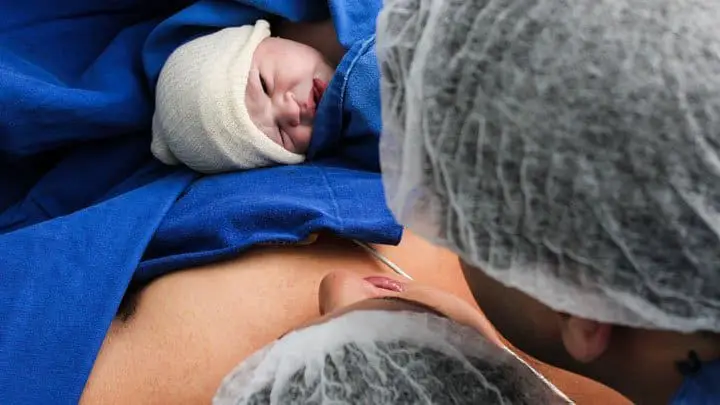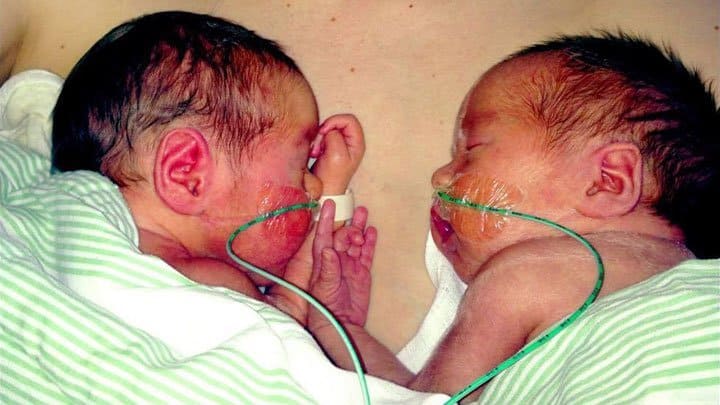Twin to Twin Transfusion Syndrome: Signs & Treatment
Twin to Twin Transfusion Syndrome (TTTS) is a complication of disproportionate blood supply in the placenta. It can only happen to identical twins. This is due to the fact that the babies need to share a placenta in order to get TTTS. Fraternal twins never share a placenta. Twin to Twin Transfusion Syndrome happens because there are blood vessels within and on the surface of the shared placenta connecting both twins. Usually, these vessels allow blood to flow evenly between the babies, but, in rare cases, the blood flow is unbalanced. The twins share blood circulation and the blood is transferred disproportionately from one twin (the donor) to the other (the recipient).
What happens to the babies?
The donor has decreased blood volume which leads to a slower than normal growth. The donor may become anemic and experience insufficient nutrition and oxygen due to his or hers inadequate supply of blood. The donor produces less urine than normal, leading to a lower than normal level of amniotic fluid. In turn, the recipient twin becomes overloaded with blood. This excess blood puts a strain on this twins heart to the point that he or she may develop heart failure. It also makes the recipient twin produce more urine than normal. This often results in extra fluid around the baby within the amniotic sac. This can cause premature labour due to extra pressure on the cervix.
How can the babies be helped?
Severe, progressive Twin to Twin Transfusion Syndrome is associated with close to 100 percent mortality if left untreated. Luckily, there are several treatments available for babies suffering from it. The medical community has come far in terms of treatment. Treatment is dependent on the stage the disease has progressed to when it’s discovered. This is due to the fact that there are different degrees of severity. It’s also dependent on how far along you are.
How often does TTTS occur?
Twin to Twin Transfusion Syndrome has been estimated to affect 1 to 3 in 10,000 births. Other estimates show a higher frequency. Several small studies have shown that it develops in about 10-15 percent of identical twins who share a placenta. A large study from 2008 showed an incidence of 9 percent. It’s usually diagnosed in mid-pregnancy. Be aware that identical twins doesn’t necessarily share a placenta. About 2/3 of identical twins share a placenta. You can be diagnosed with Twin to Twin Transfusion Syndrome at any time during pregnancy. Twin to Twin Transfusion Syndrome can only be diagnosed by the use of ultrasound scanning. There are no known risk factors in a mother’s life that makes it more likely that TTTS occurs. It seems to be a random event.
Are there any symptoms of TTTS?
Twin to Twin Transfusion Syndrome should be determined through a Doppler ultrasound. However, there are few signs that might indicate a problem. Those are:
- Rapid growth of the womb and a uterus that measures large for dates
- Abdominal pain, tightness and contractions
- Sudden increase in body weight
- Swelling in hands and legs














